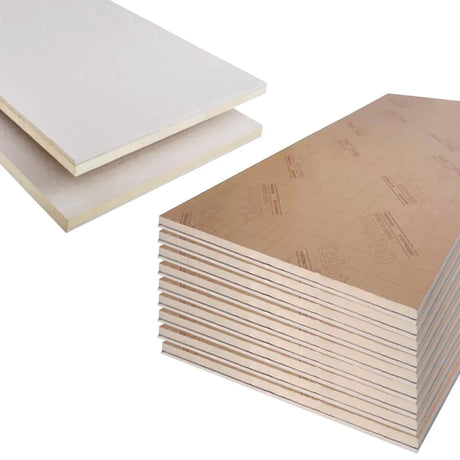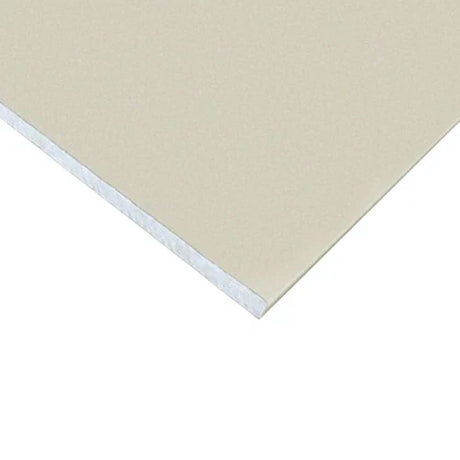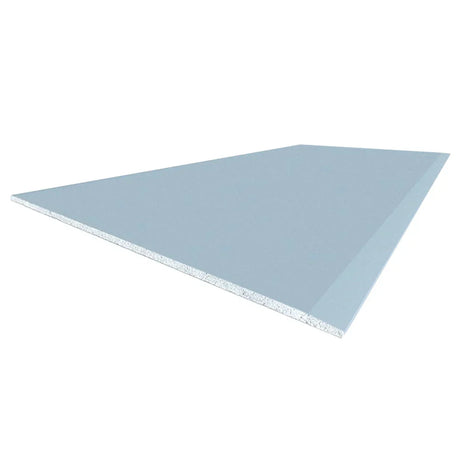The effectiveness of wall soundproofing for addressing noise from neighbouring properties depends on several factors, including the type of noise, the existing construction, and the feasibility of implementing comprehensive acoustic treatments. With appropriate assessment and design, significant improvements can often be achieved.
Understanding Neighbour Noise Challenges
Noise from adjacent properties typically falls into several categories, each presenting different challenges for acoustic treatment:
Airborne Noise Transmission Speech, television, and music primarily travel as airborne sound waves that strike the separating wall, causing it to vibrate and radiate sound into your space. This type of noise can be effectively reduced by increasing the wall's mass, adding dampening layers, and incorporating decoupled construction elements that break the direct vibration path.
For party walls in terraced or semi-detached properties, properly designed acoustic plasterboard systems can significantly reduce this type of noise transmission, often achieving 10-15dB improvement over standard constructions when implemented comprehensively.
Structure-Borne Impact Noise Footsteps, furniture dragging, or door slamming create vibrations that travel through the building structure before radiating as audible sound in adjacent spaces. This type of noise presents greater challenges, as vibrations can bypass wall treatments through floor joists, ceiling connections, or other structural elements.
While wall treatments alone may provide limited benefit against severe impact noise, comprehensive approaches that include wall, floor, and ceiling treatments can achieve worthwhile improvements even for these challenging noise types.
Low-Frequency Transmission Bass notes from music systems or home theatres create particular difficulties, as low-frequency sound readily passes through conventional constructions and is less effectively blocked by mass alone. Specialised solutions incorporating resonant absorbers or sophisticated decoupling systems may be required for significant improvement against persistent low-frequency noise.
Effective Soundproofing Approaches for Party Walls
For typical party walls, several approaches offer proven effectiveness against neighbour noise:
Independent Stud Framework Systems Creating an entirely separate stud framework with no direct connection to the existing party wall provides excellent isolation from both airborne and structure-borne noise. Systems like British Gypsum's GypWall INDEPENDENT or Knauf's Isolator system typically involve:
-
A new independent timber or metal stud framework positioned 25-50mm away from the existing wall
-
Mineral wool cavity insulation with density of 45-60kg/m³
-
Double layers of acoustic plasterboard (typically 12.5mm or 15mm) with staggered joints
-
Careful sealing at all perimeters using acoustic mastic
This approach can achieve improvement of 15-20dB or more compared to the original wall, representing a dramatic reduction in perceived noise levels. The main limitation is the space requirement, as this solution typically reduces room dimensions by 75-100mm.
Acoustic Lining Systems Where space is more constrained, direct acoustic lining systems offer a compromise between performance and space efficiency. Products like the Soundbloc Plus system from British Gypsum combine:
-
Resilient bars or special acoustic brackets fixed to the existing wall
-
High-density mineral wool insulation between fixings
-
One or two layers of acoustic plasterboard
-
Comprehensive perimeter sealing
These systems typically require 35-60mm of space and can achieve improvement of 10-15dB, representing a worthwhile enhancement for most common neighbour noise issues without excessive room dimension reduction.
Specialty Composite Systems For maximum performance within minimal depth, specialty composite systems like Maxiboard or similar products from UK manufacturers combine multiple acoustic technologies in prefabricated panels:
-
High-density mineral core materials
-
Viscoelastic dampening layers
-
Engineered separation layers
-
Integrated isolation mountings
These sophisticated solutions can deliver impressive performance improvements of 12-18dB within depths of just 30-40mm, though at higher material costs than conventional systems.
Practical Considerations for Neighbour Noise Solutions
Several practical factors significantly influence the success of acoustic treatments for party walls:
Comprehensive Treatment Requirements Sound, like water, follows the path of least resistance. Treating only the separating wall while leaving flanking paths untreated often delivers disappointing results. For terraced or semi-detached houses, comprehensive approaches that consider ceiling, floor, and adjacent walls often prove necessary for satisfactory noise reduction.
Building Regulation Compliance Modifications to party walls must comply with Building Regulations, particularly Part E (acoustic performance) and potentially Part B (fire safety). Professional assessment ensures compliance and often identifies optimal approaches for specific construction types.
Ownership and Permission Considerations In attached properties, party walls are typically shared structures with special legal status under the Party Wall Act 1996. Significant modifications may require formal notification or agreement with neighbours, and professional guidance helps navigate these requirements appropriately.
Performance Expectations Management While well-designed acoustic treatments can dramatically reduce noise transmission, complete soundproofing (rendering adjacent properties entirely inaudible) is rarely achievable in typical residential constructions without extraordinary measures. Setting realistic expectations based on the specific noise issues and achievable improvement helps ensure satisfaction with the results.
For persistent and severe neighbour noise problems, combining physical acoustic improvements with appropriate community engagement or statutory nuisance procedures often provides the most satisfactory resolution. Local authority environmental health departments can offer guidance on statutory nuisance processes when acoustic treatments alone cannot fully resolve unreasonable noise issues.









